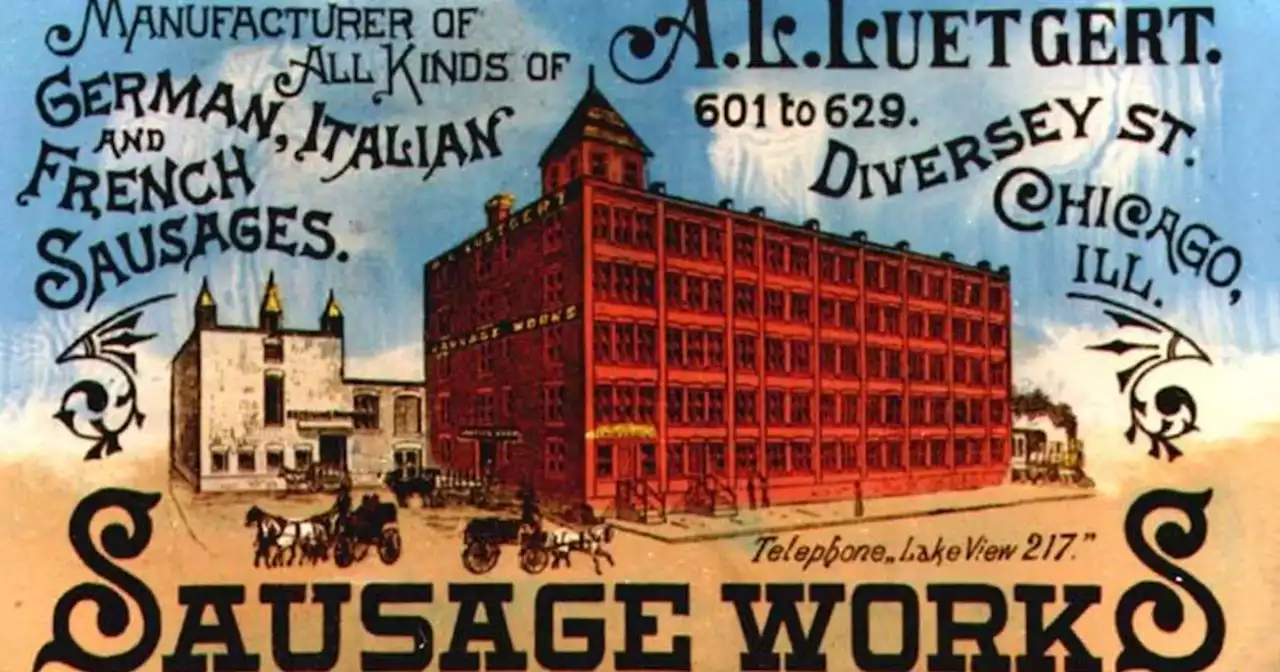For this all-new edition of our Chicago Hauntings series, we were joined by Robert Loerzel – author of the 2003 book, 'Alchemy of Bones: Chicago's Luetgert Murder Case of 1897.'
"To ever have invented the sausage meat machine?"'Cause they've been ground to sausage meat in Dunderbeck's machine."Tom Glazer & the Do-Re-Mi Children's ChorusWell, it happens there's a ghastly Chicago murder case dating back to 1897 that hews a little too close to the events of that song. The killer's name wasn't Dunderbeck – it was Luetgert, Adolph Louis Luetgert specifically.
Luetgert said in testimony that his first wife died in 1877, and he married his second wife, Louisa Bicknese, the following year. He said he went on to open a sausage business at North and Clybourn avenues, and then moved to a farm near Elgin for a while before returning and opening a new sausage factory at North and Sheffield avenues.
"They gave him wide berth when he went along the sidewalk with his Great Dane dogs panting after him. When he spoke to them, they pulled off their hats. He employed more men than anyone for almost a mile around, and they the neighborhood looked on his factory as the place where all the money in circulation originated."On May 1, 1897, Louisa disappeared."That prompted a huge, sensational mystery that the newspapers were obsessed with – what happened to Ms.
Luetgert went on trial – in a sensational circus with coverage that filled the pages of the Chicago newspapers and even attracted media attention from New York and London. Back at the old Luetgert sausage factory, there were reports of hauntings as long ago as the turn of the last century. In 1901, some Chicago Police officers received a report that someone had seen a light moving around inside the factory building, Loerzel said.
Police did find some bone fragments in a search of the basement of the factory. Later, George Amos Dorsey, an anthropologist from the Field Columbian Museum of Chicago – the predecessor to the Field Museum of Natural History – testified at Luetgert's trial. He said the fragments found were human bones and could point out where they would fit on a human skeleton, according to Loerzel.
